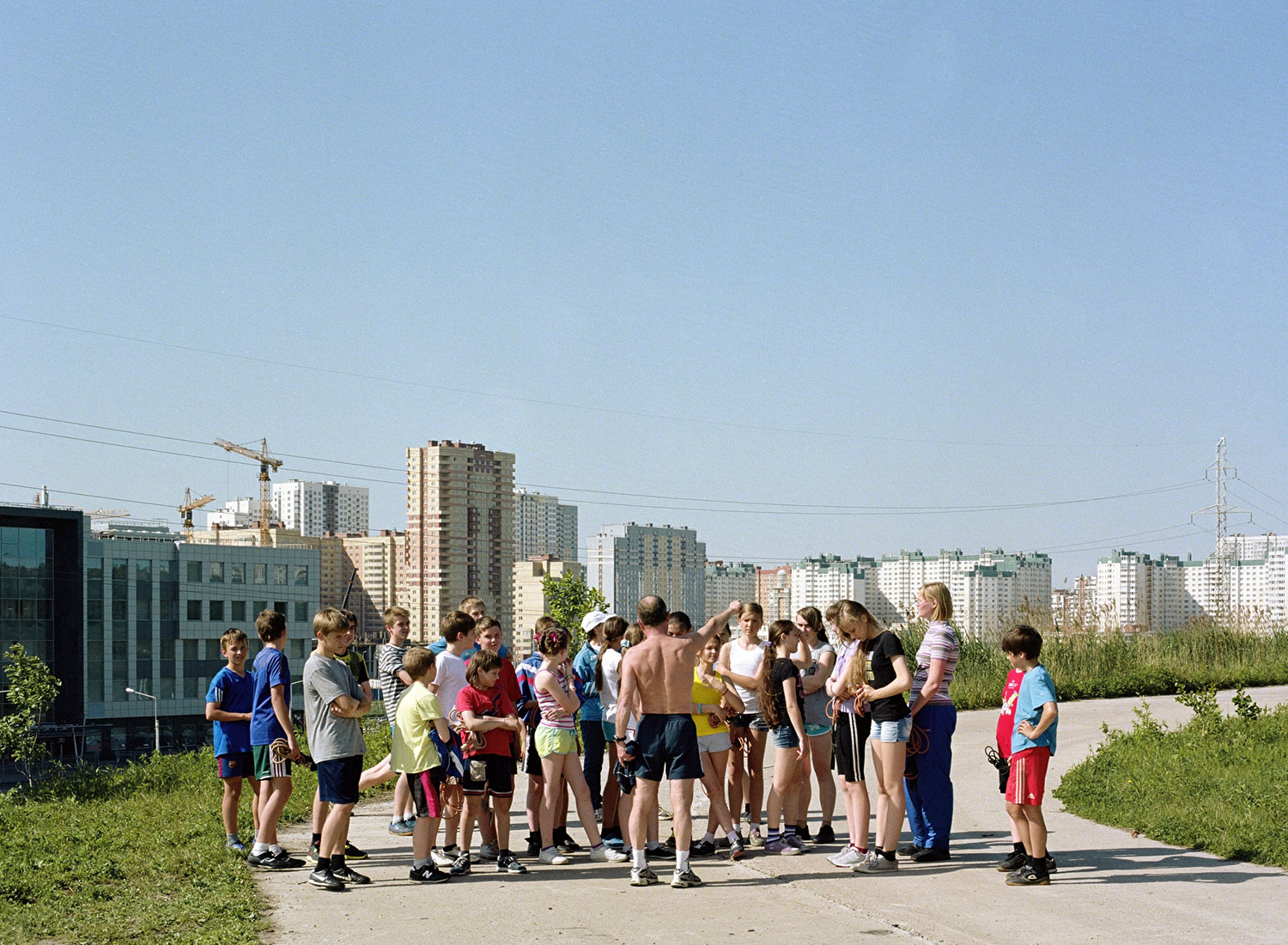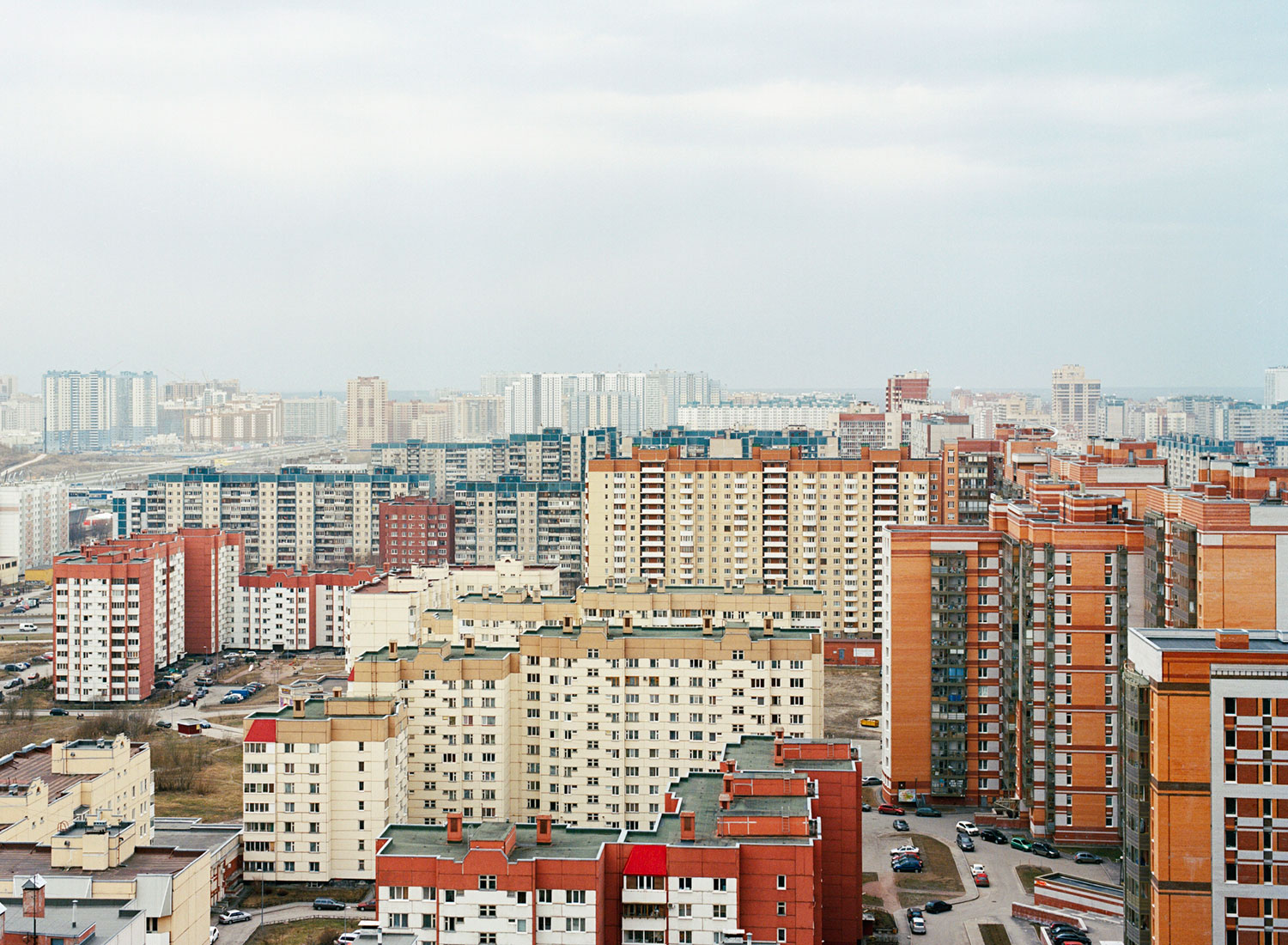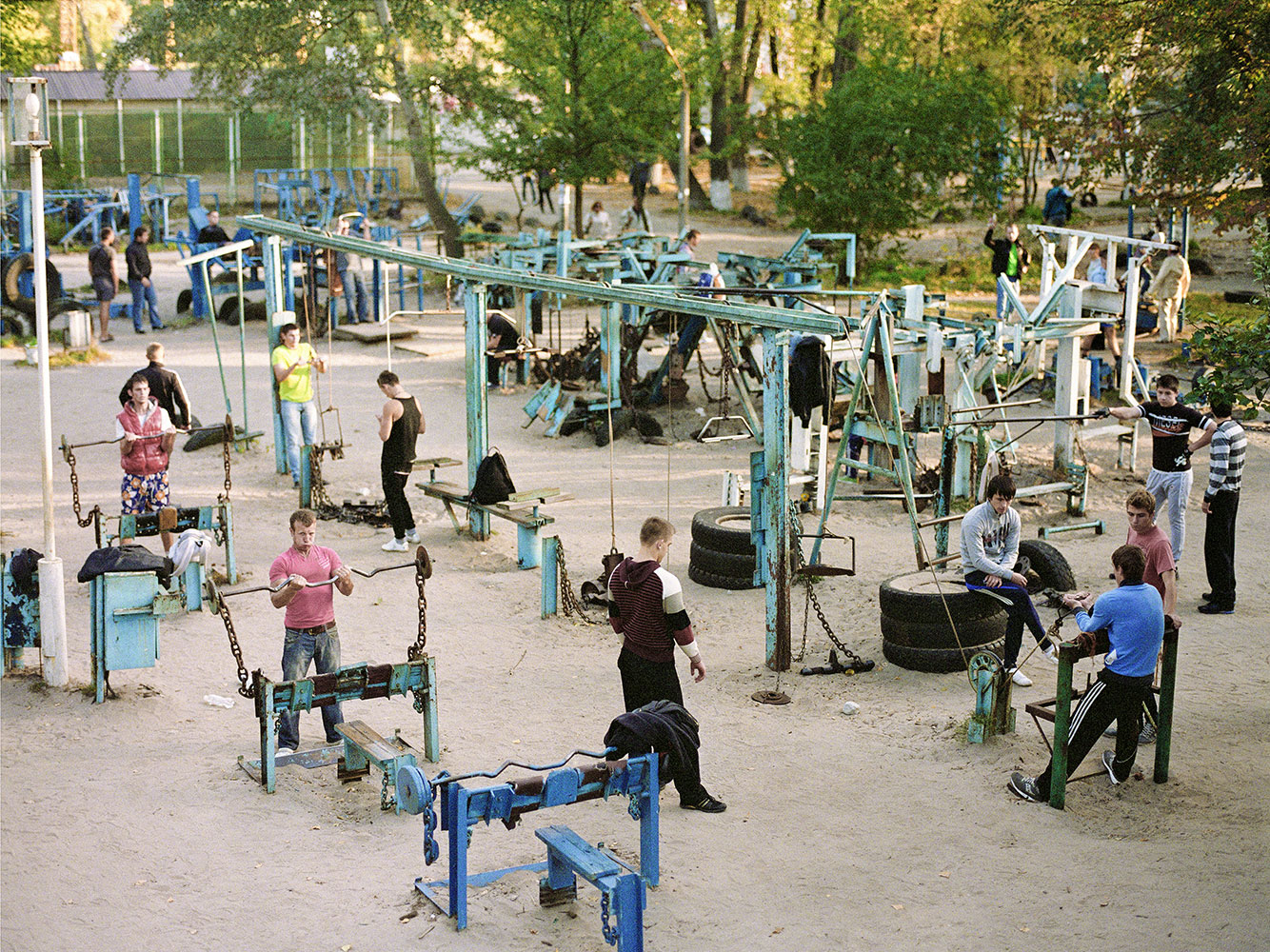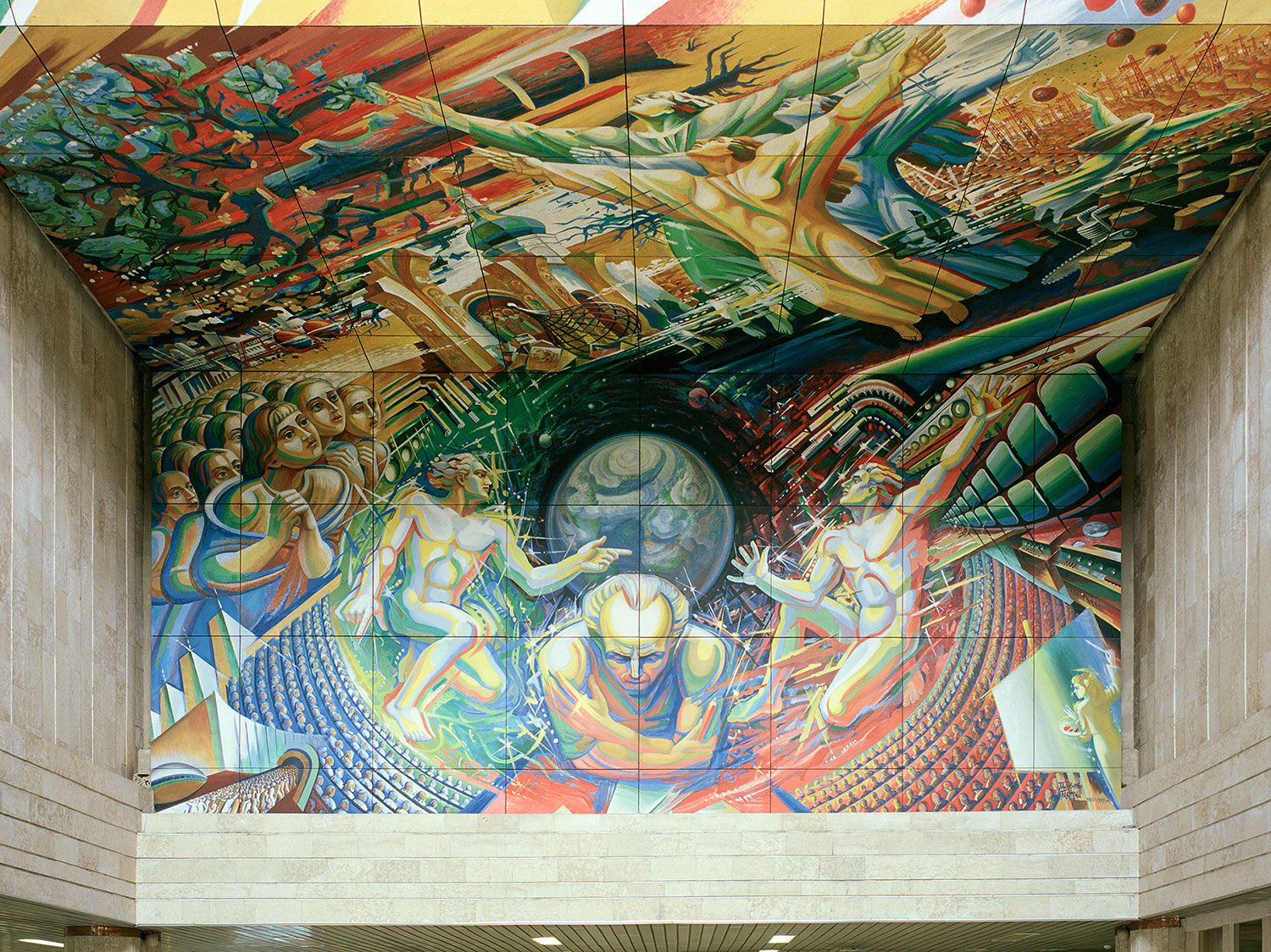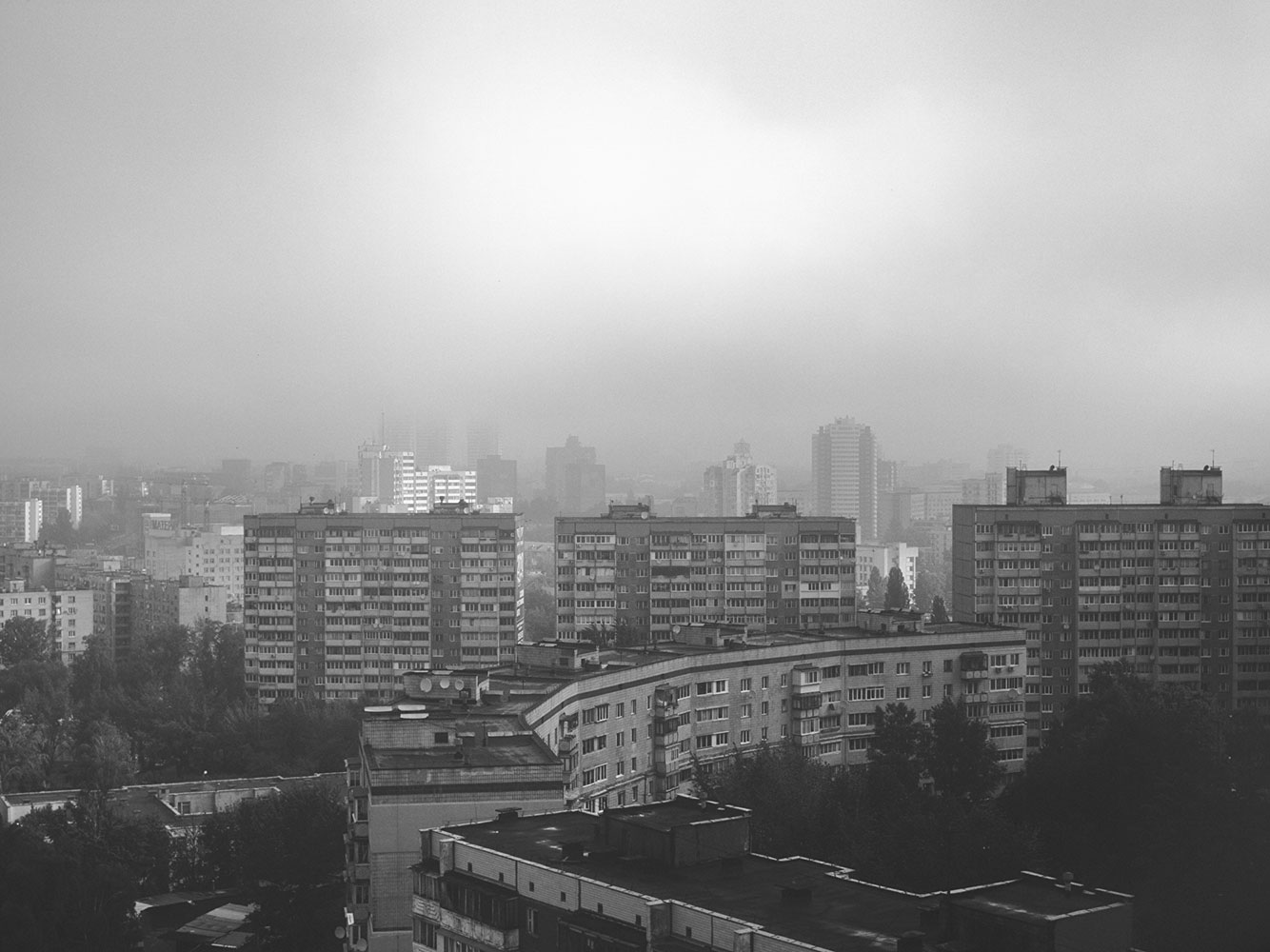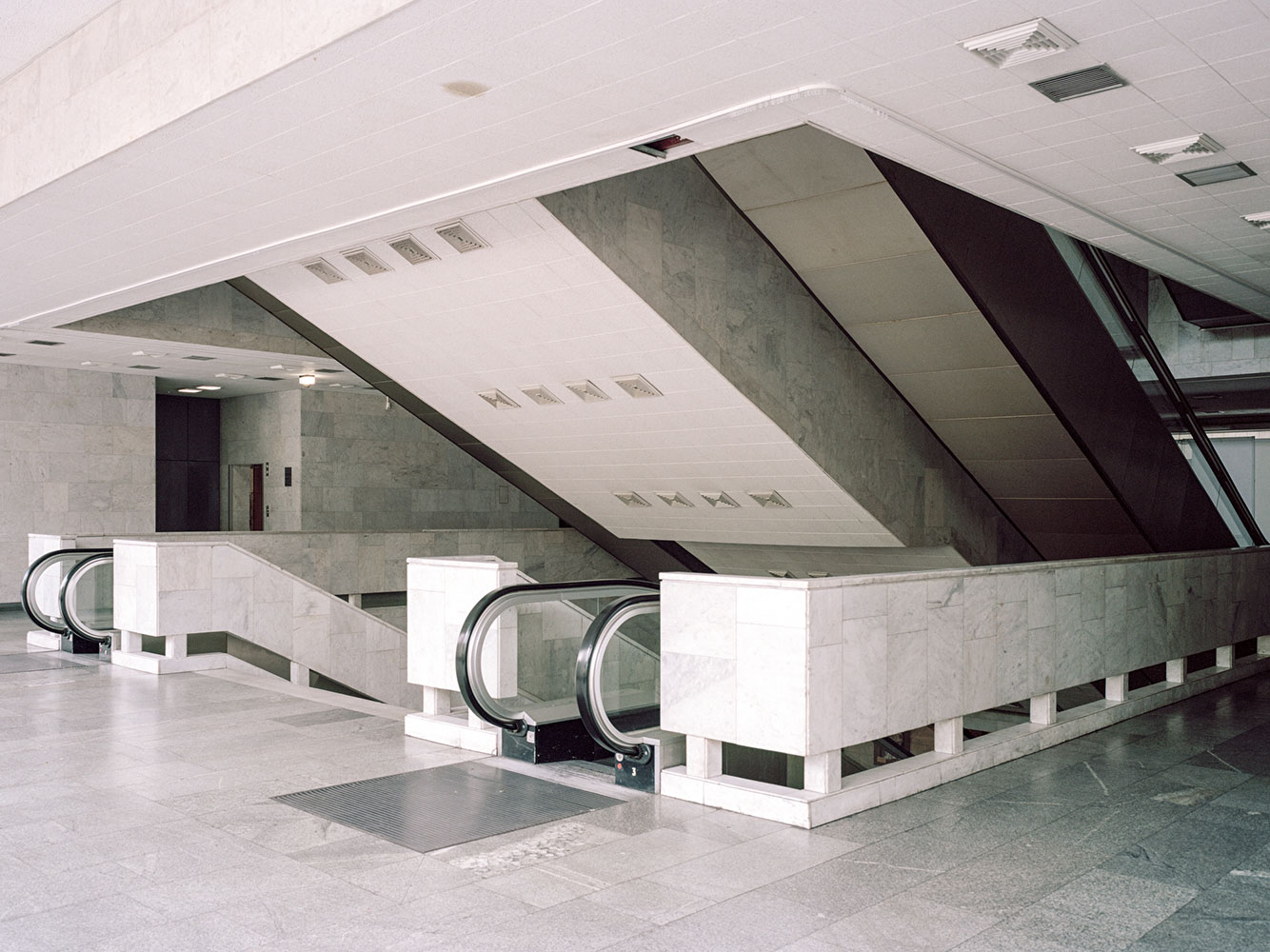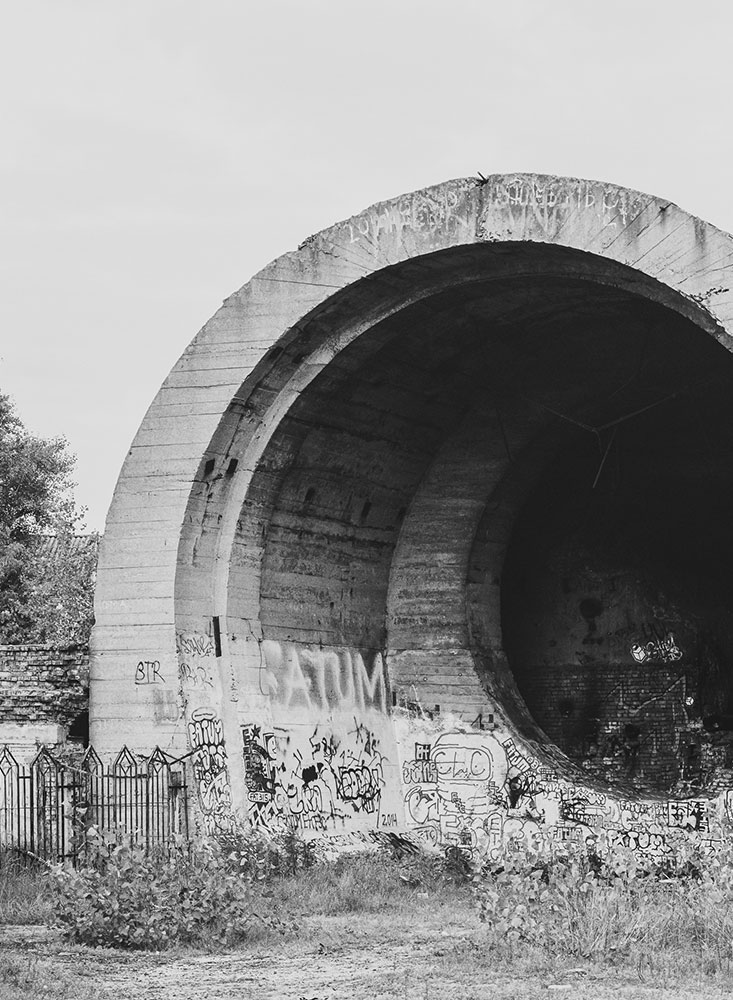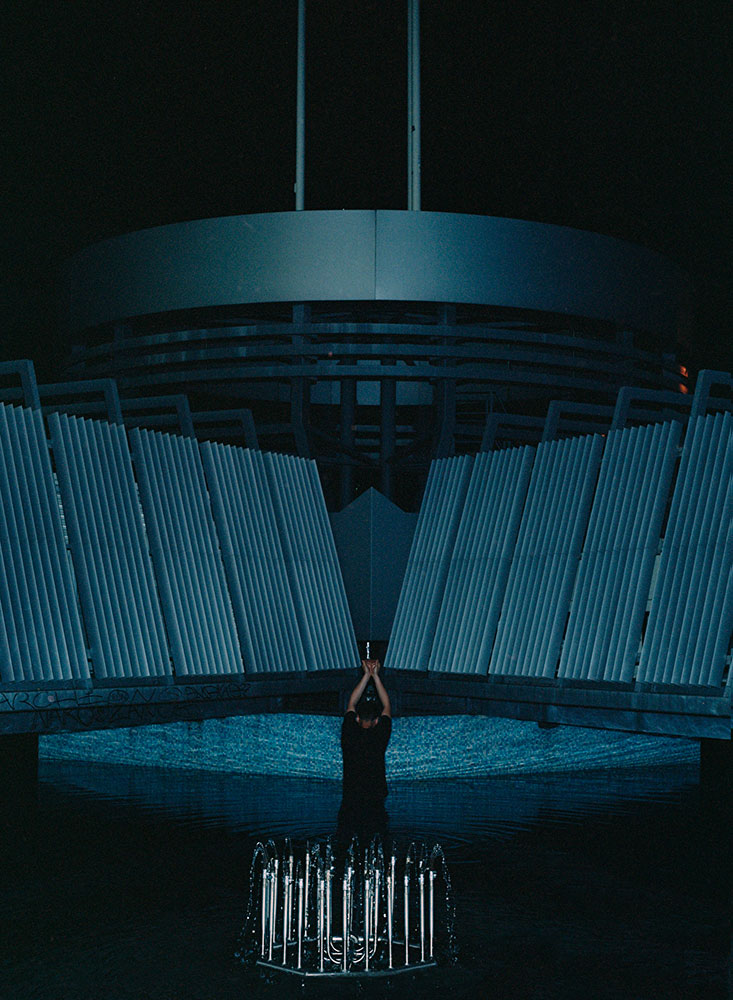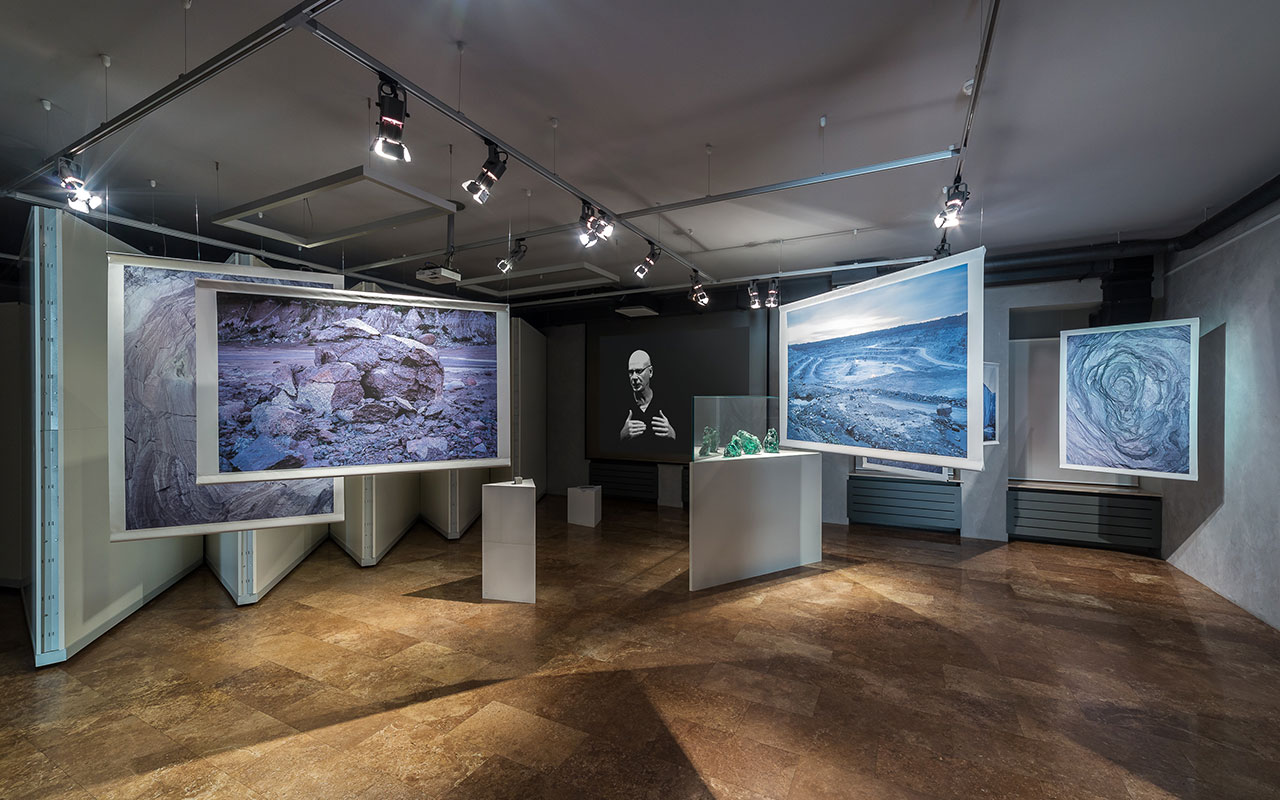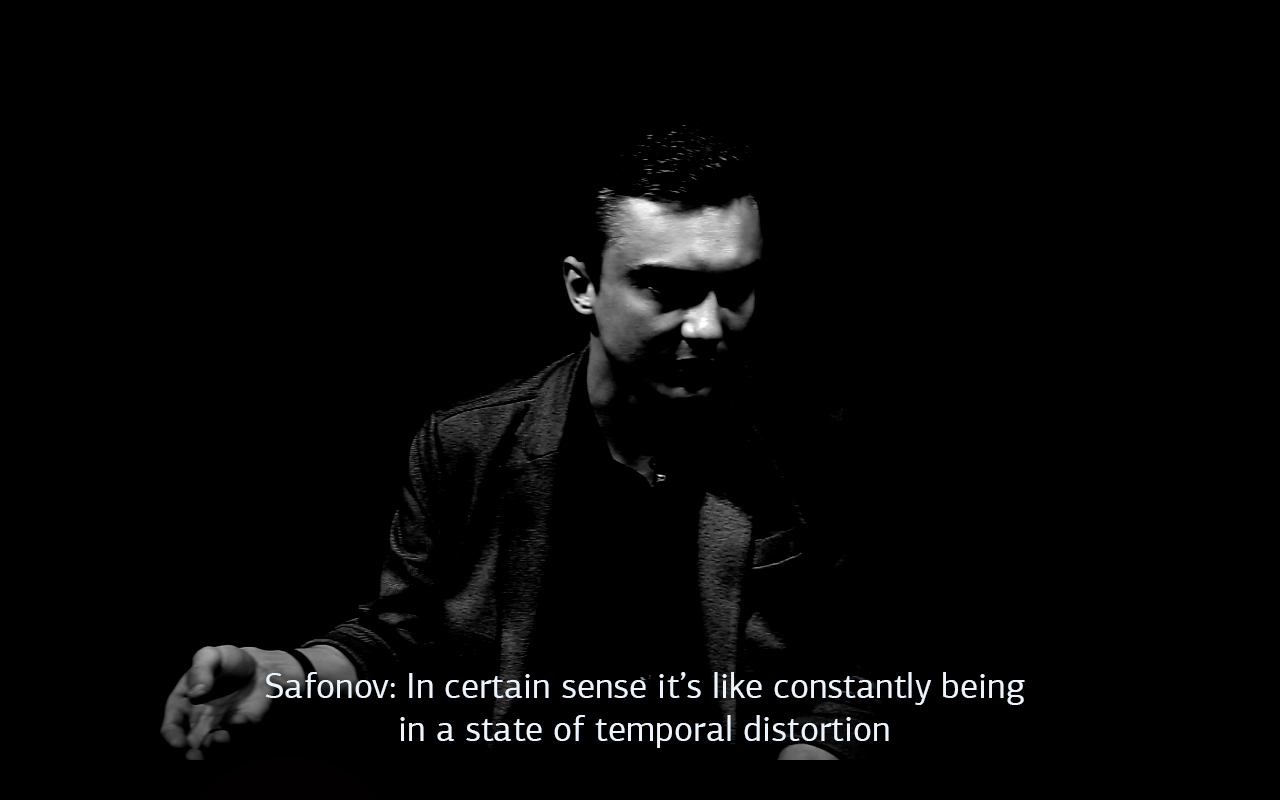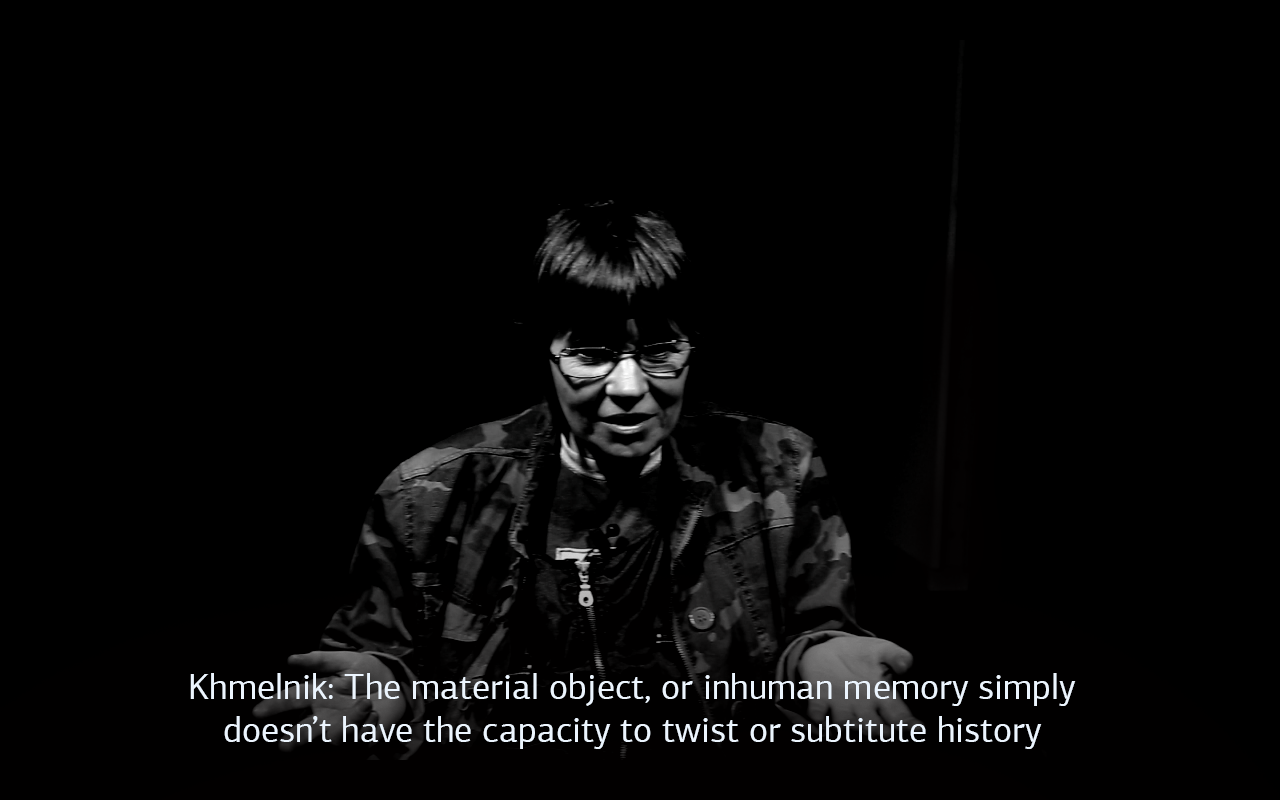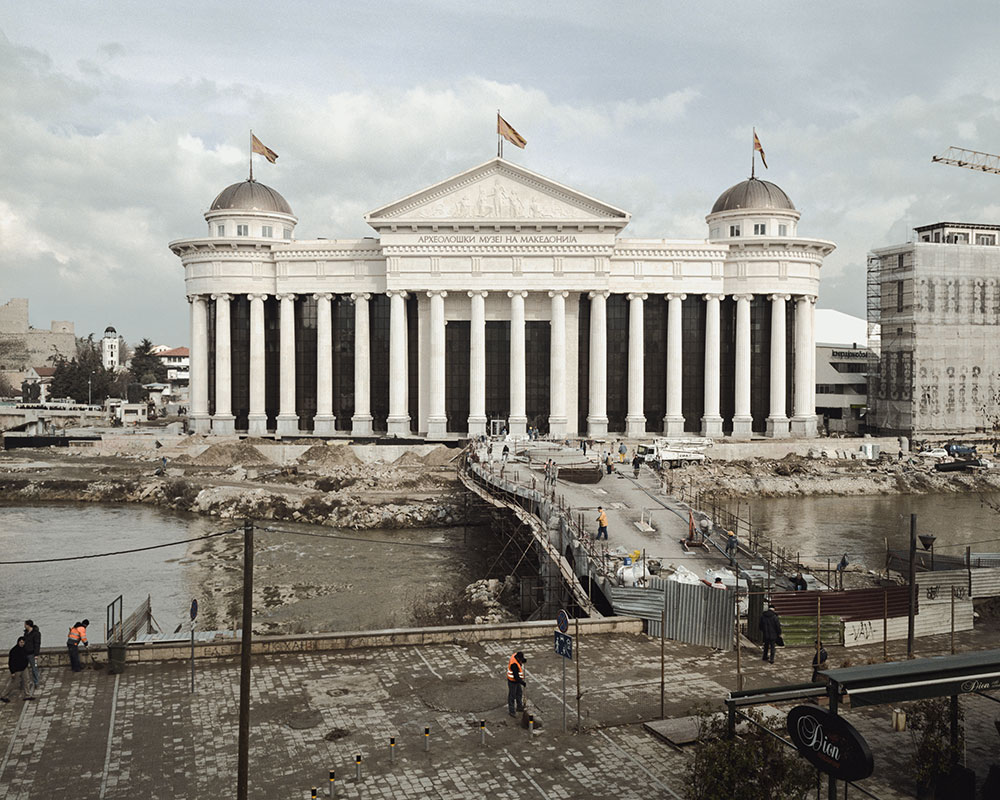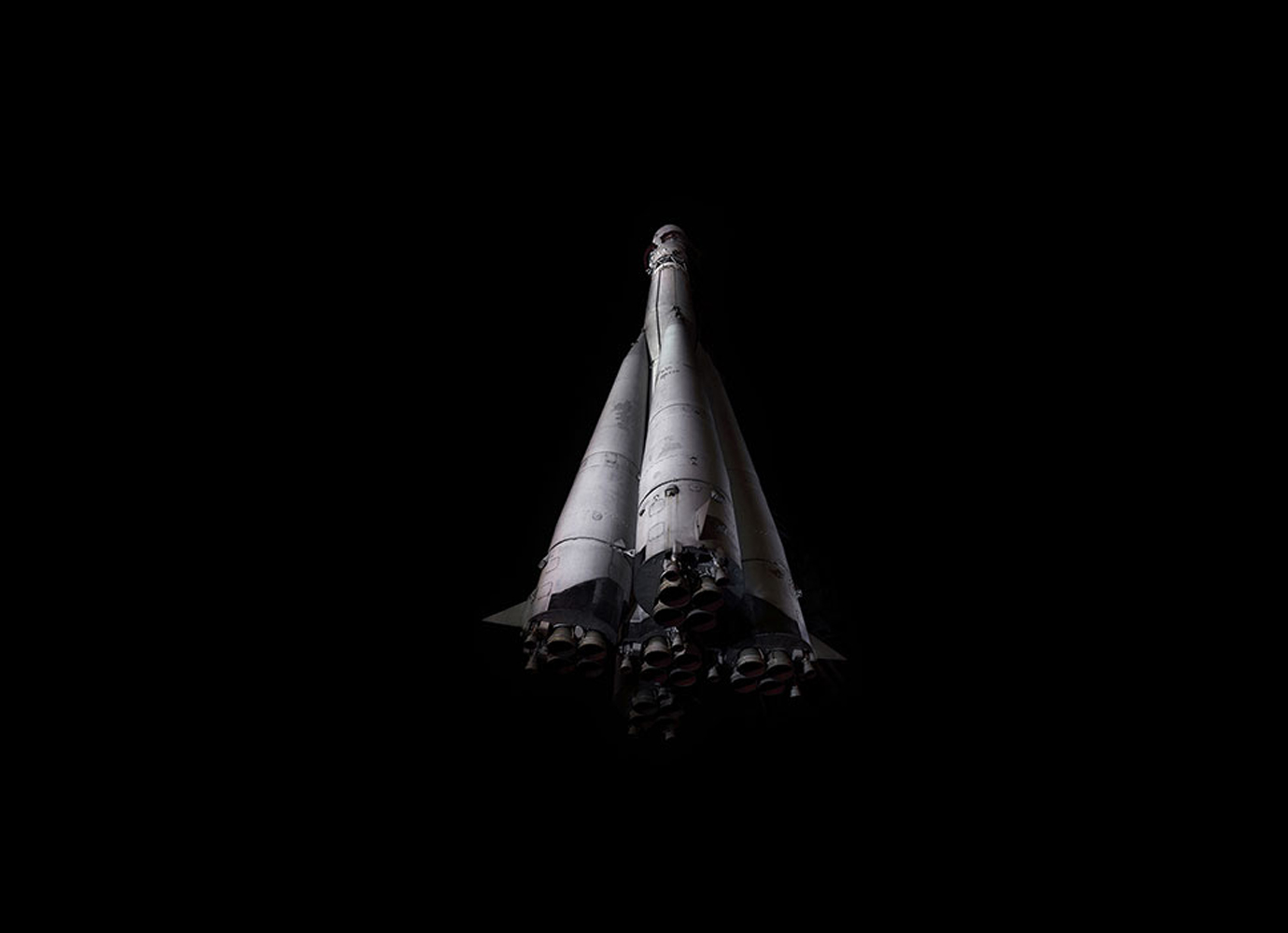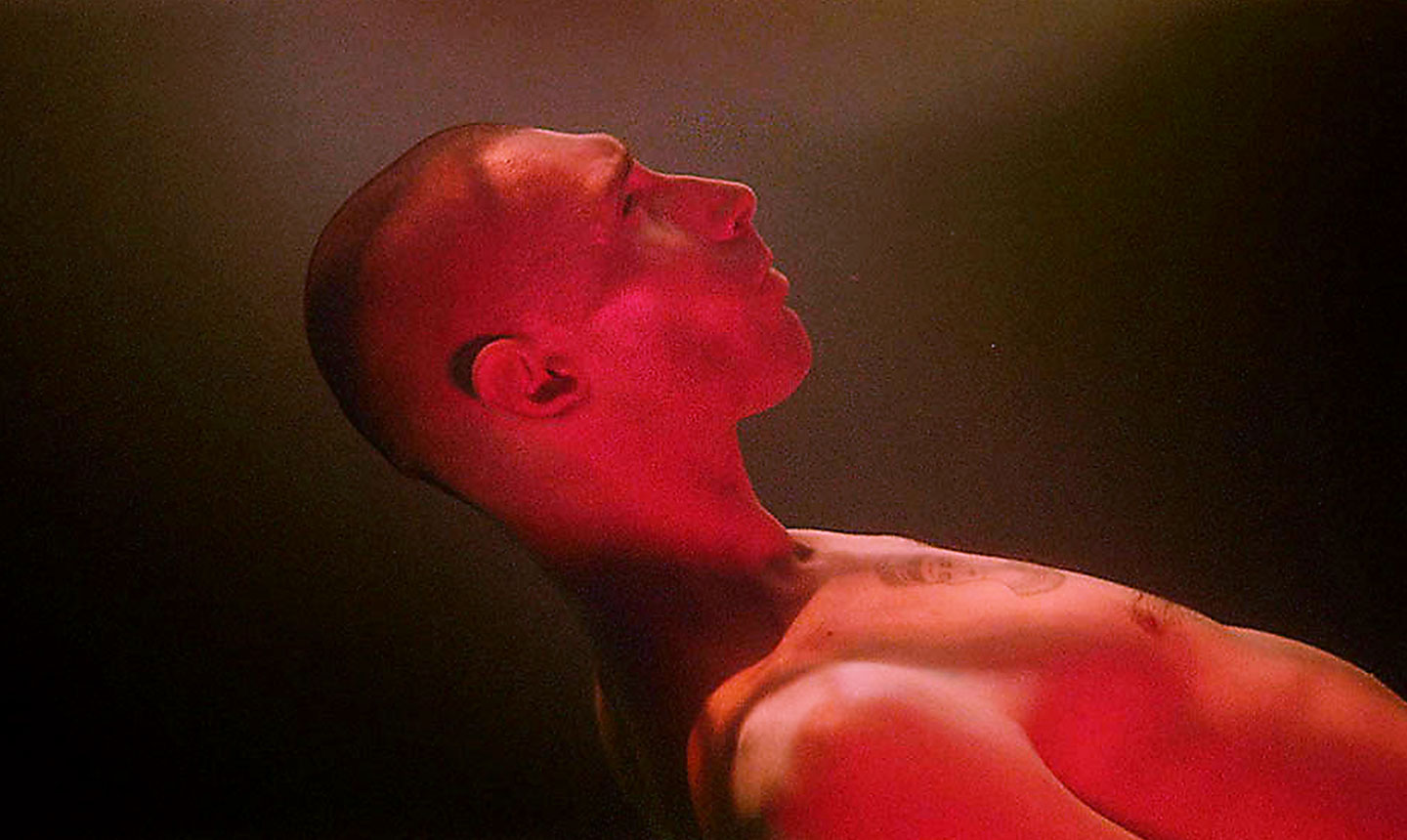
St Petersburg-based photographer Egor Rogalev is prolific in his documentation of the post-Soviet architectural landscape, from whole districts, such as the suburbs of his hometown, to singular buildings of experimental design, such as the whimsical Dostoevsky Novgorod Academic Drama Theatre in Veliky Novgorod. Here he talks about his long-term series Synchronicity, a portrait of the post-Soviet period made at a time of decommunisation in Ukraine, and why he does not consider it architectural photography.
I took my first “serious” photographs while studying in the School of Journalism and Mass Communications at St Petersburg State University. My photography tutor there was Yuriy Matveev, one of St Petersburg’s most significant photographers of the 1980s and 90s. After presenting one of my first series to him he told me: “Even if you don’t become a professional photographer, photography will always be an important part of you life.” Later I had a long period of working for various media in St Petersburg as a designer and photo-editor and finally ended up as a photographer, so I would say that Yuriy was quite right in his assumption. And I’m still really attached to the photographic medium, though not limited to it anymore.
My main interest is the post-Soviet urban space, its current transformation and the de-synchronisation of its form and content. I examine post-Socialist eastern Europe as a part of the larger pattern of modernity, concentrating on its catastrophic and eschatological features. In my opinion these noticeable qualities of the post-Soviet historical experience might be one of the possible unconscious reasons for the growing attention to the region in the media and mass culture. Unfortunately the complexity of this interest is often reduced to pure aesthetics or flattened stereotyped visions of an exotic territory.
I asked people from the younger generation to express their connection to certain places through poses and gestures
I don’t have any architectural education or any special professional background in this field but architecture has always interested me as an integral part of the lived processes of human endeavour, and as a discipline with complex links to the spheres of civic life, politics, economics and culture. Sometimes my photographic practice is tightly connected with architectural research. For example, for the Inner Modernism exhibition that was a part of the parallel program of Moscow International Biennale for Young Art, my photo documentation of the Primorsky district of St Petersburg was accompanied by copies of its original architectural plans and also the current Putin-era plans for its reconstruction. This helped to highlight how the ongoing metamorphosis of the area was related to the intrusion of new neoliberal cultural codes and the realisation of the ambitious Gazprom Tower project.
I cannot say that I have a set way of approaching the projects. For Synchronicity, since I’m not regularly based in Kiev, I started by searching for locations on the internet or in architectural books, asking my Kievan friends for help etc. Then I visited the places to check their condition and whether they were accessible (especially their interior) and only after that organised the shooting. Synchronicity took me to many unusual and stunning locations: from the abandoned or flooded concrete tunnels on the outskirts of the city that used to be a part of Stalin’s pre-WWII defense plan to the amazing interiors of the National Library of Ukraine, where I investigated the huge and detailed tapestry portraying all the 90s leaders of the post-Soviet states in a surprisingly caricatural and disproportional manner.
I’ve also started to include myself in the pictures in order to make it clear that Synchronicity is not an observation but a part of my lived experience
Emptied of their original meanings, these structures have quite a ghostly existence but at the same time they are ubiquitous as the standard architectural landscape of every post-Soviet city. Decommunisation can only destroy the most symbolic parts of it and, since it’s impossible to erase this legacy completely, it’s really important to find a way to coexist and deal with it. In order to reveal these complex and idiosyncratic relations to the urban environment, for Synchronicity I asked people from the younger generation (born or raised during and after the collapse of the Soviet Union) to express their connection to certain places through poses and gestures. Altogether, the movements of their hands and the positions of their bodies appeared to be synchronised into some kind of religious ritual. Combined with the landscape and architectural photographs, these staged pictures became a key eschatological point in the series, helping to reference a global vision of modernity. I think this type of work requires quite a close relationship with your subject, so most of these people in the photographs are my friends or friends of friends. Recently I’ve also started to include myself in the pictures in order to make it clear that Synchronicity is not an observation but a part of my lived experience.
I don’t think Synchronicity and White Nights could be described as architectural photography, nor did they have the original intention of challenging the notion of architectural photography, though of course architecture is an important part of both. For White Nights, produced in collaboration with Alexey Bogolepov, our main idea was to uncover the materiality of the city and to portray it as a complex system tightly connected to various aspects of the region and the terrain. At a certain point we started to become aware that the work might fall into the category of fine art. There was a risk that the beauty of the landscape and the fact that the pictures were made during White Nights could disrupt the viewer’s ability to read the complex message behind them. So about a year ago I suggested the idea of a symposium and, together with Bogolepov, invited researchers and theorists to it. This served as a way to broaden the work, going beyond the limits of a photo presentation, so that it can be understood on a discursive level. The recent exhibition we put together with this body of work was held at the V Baltic Biennial of Art in St Petersburg. It consisted of found objects (artefacts from the mining and glass industry) and photographs that were centred around the video documentation of the symposium.
